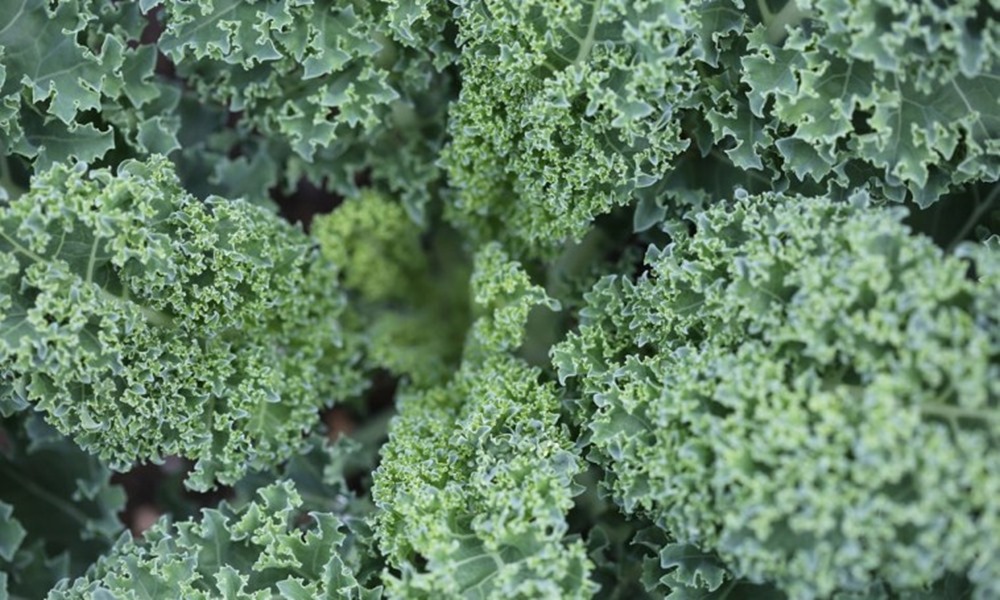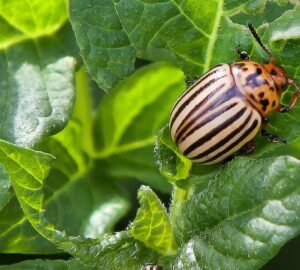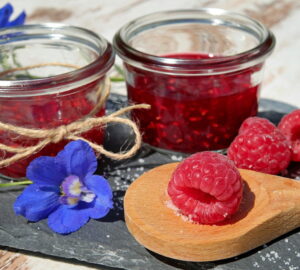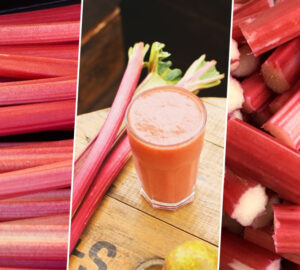When winter casts its icy grip and most gardens lay barren, there’s a secret green treasure that can be your source of fresh, nutrient-rich leaves. Enter curly kale, a versatile and vibrant vegetable that thrives even in the coldest months. In this article, we’ll explore the wonders of curly kale, from its origins to its incredible nutritional benefits, and how you can grow and enjoy it throughout the winter.
The Origins of Curly Kale: A Brief Botanical History
Curly kale, scientifically known as Brassica oleracea var. acephala var. sabellica, hails from the eastern Mediterranean region and is a cultivated descendant of wild cabbage. Its journey through history has been remarkable; by the end of the Middle Ages, it had already spread across Europe. Today, it boasts about 80 known varieties, some of which are cultivated purely for their ornamental charm.
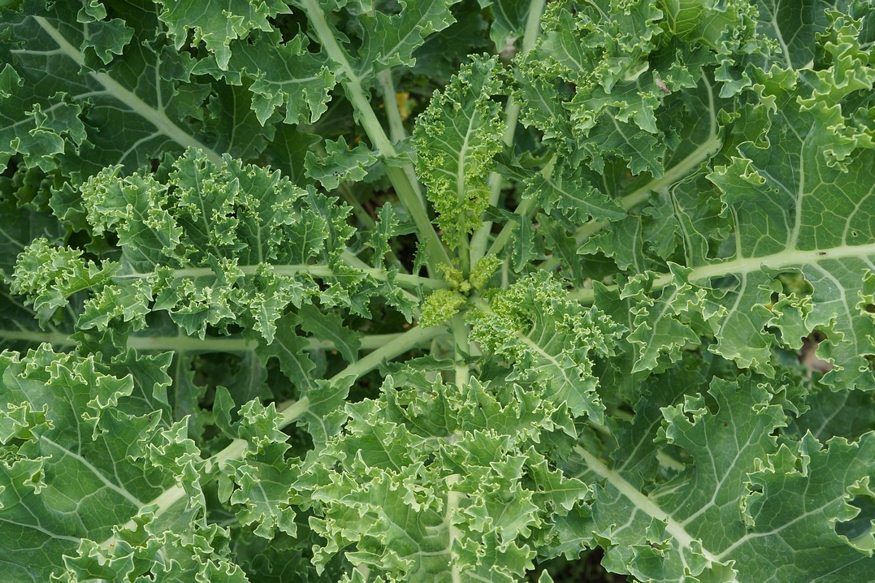
The Nutritional Powerhouse: Unveiling Curly Kale’s Vitamin Bounty
Curly kale is more than just a pretty face; it’s a veritable vitamin powerhouse. Packed with vitamin C, some of which is retained through cooking, it doubles the vitamin C content of an orange. Furthermore, it ranks second only to carrots as a source of beta-carotene, a precursor to vitamin A. This nutrient duo fortifies your immune system and supports healthy vision. The benefits don’t stop there; curly kale is a source of vital B vitamins like B6 and folic acid, crucial for blood formation, cell function and nerve tissues.
In addition to vitamins, curly kale is rich in essential minerals such as calcium, potassium, magnesium, iron and phosphorus. It’s also a great source of dietary fiber and contains valuable secondary plant compounds that contribute to your overall well-being.
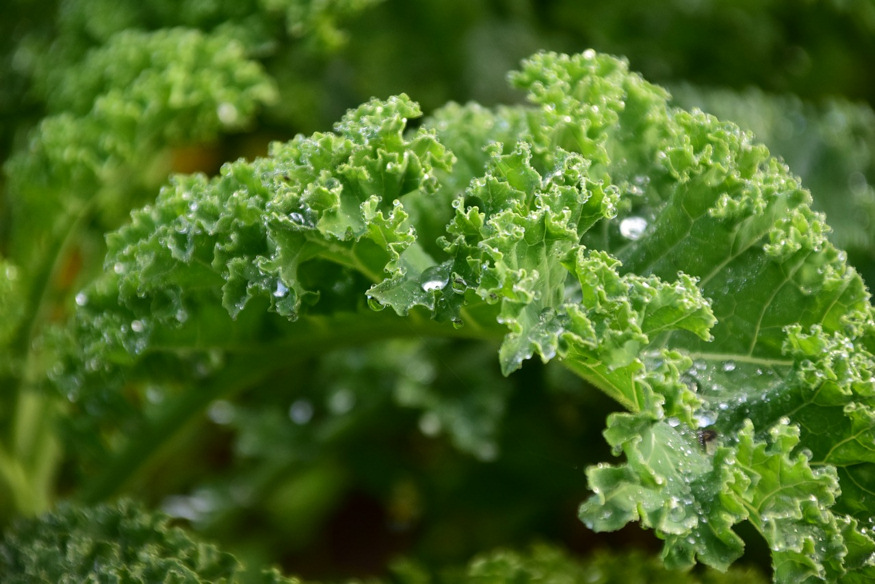
Tips for Cultivating Curly Kale
Growing curly kale in your own garden is a rewarding experience. You can even cultivate certain varieties in raised beds or on your balcony if space is limited. However, curly kale is particular about its conditions; it craves ample nutrients but doesn’t tolerate extreme heat or cold.

Curly kale’s frost tolerance varies by variety; some can withstand moderately cold temperatures, while others can be harvested throughout the winter. It’s essential to ensure that the outside temperature doesn’t plummet below -15°C for an extended period.
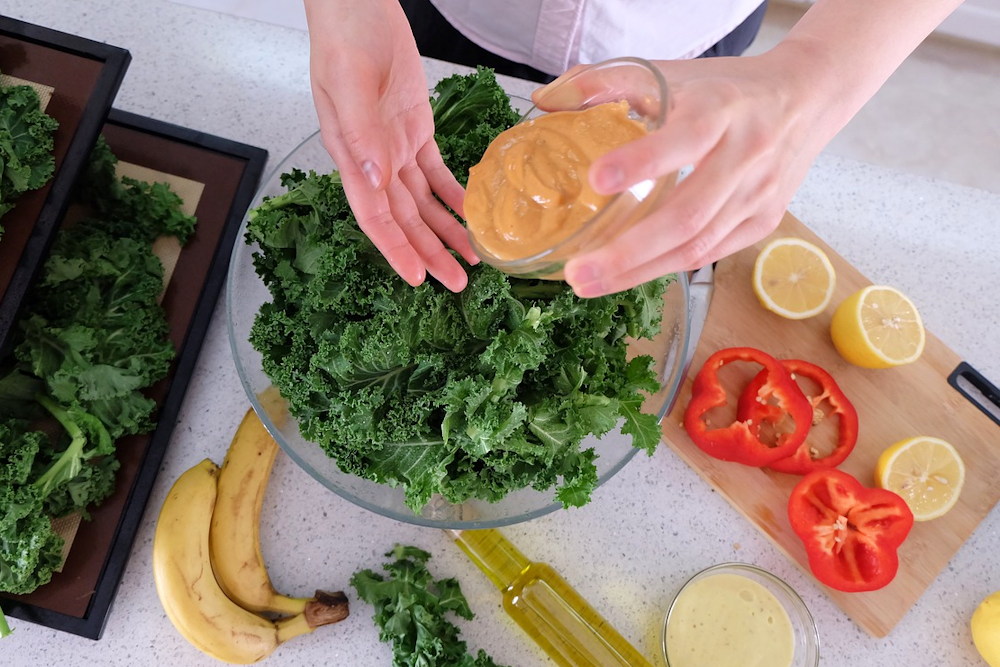
Enhancing Nutrient Absorption: The Secret to Unlocking Curly Kale’s Potential
To maximize the health benefits of curly kale, remember that vitamins A and carotenoids are fat-soluble. This means they require dietary fat for effective absorption. When preparing meals or beverages with curly kale, always add a touch of cooking oil or butter to ensure your body can make the most of these essential nutrients.
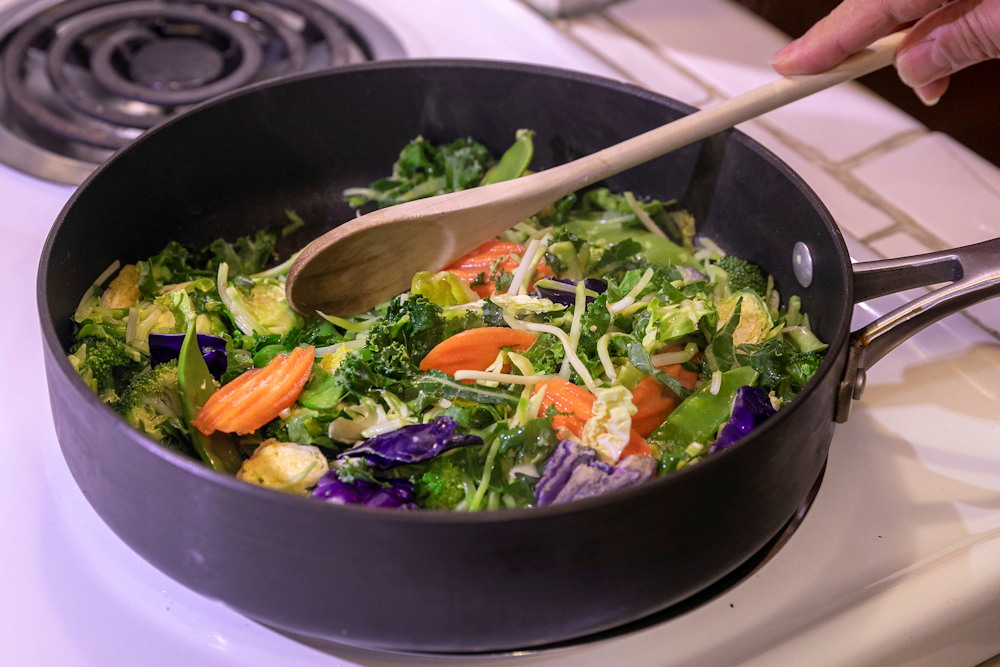
Savoring the Winter Bounty
As the winter chill descends, don’t overlook the lush, green leaves of curly kale. Beyond its striking appearance, this winter-hardy vegetable is a treasure trove of essential vitamins and minerals. By cultivating and consuming curly kale thoughtfully, you can embark on a journey to better health and well-being, even in the coldest months. So, embrace the vitamin-packed goodness of curly kale and make it a delicious part of your winter diet.



